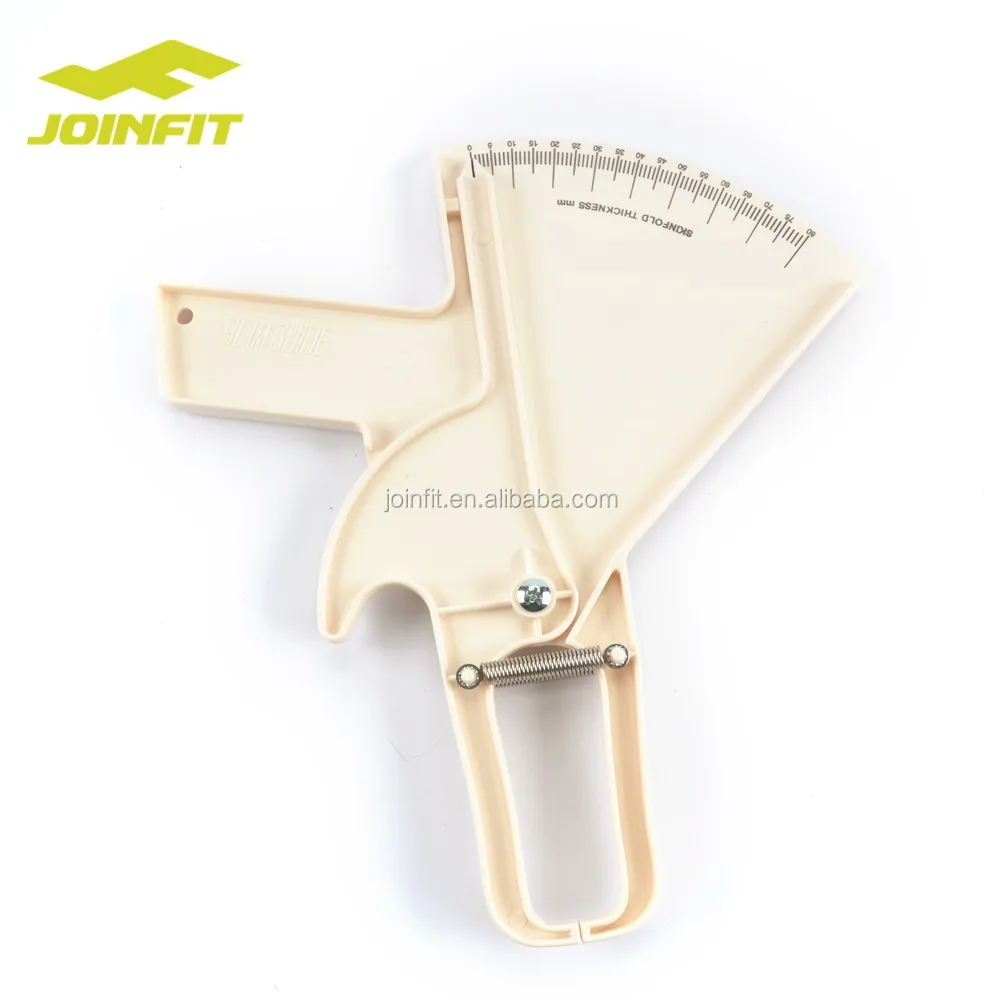

In the prediction equations, it was found that the skinfold thickness at the suprailiac region was not found to be the significant determining factor for estimation of %BF by SFC method as that by the US method. In our study, we arrived to the conclusion that even though the estimated %BF by both the methods were found to have a significant correlation with each other, the values were very less in case of the US method.
#Caliper body fat skin
The best prediction equation for the %BF by SFC method was (R 2 = 84.8), where SFss and SFbi are skin fold thicknesses at subscapular and biceps regions, respectively, measured with SFCs, and that by the US method was (R 2 = 84.6), where USsi and USss are skinfold measurements at suprailiac and subscapular regions, respectively, measured by US technique. The %BF measured by US technique (%BF US) was significantly lesser, i.e., 20.69 (SD: 3.126 p < 0.0002), than that of the SFC method (%BF SFC), i.e., 30.38 (SD: 4.634), which is 0.68 % higher. It was observed that mean values of all the skinfold thicknesses along with the %BF measured by SFC were far more than those measured by US. The prediction equations were developed from anthropometric and skinfold thickness data obtained from both the methods, i.e., SFC and US, by applying stepwise multiple linear regression.

The data were analyzed for distribution, and independent t-test was applied to compare the difference between two means of a %BF estimated by both the methods. After collecting anthropometric data (age, height, weight, body mass index, waist circumference, hip circumference, waist-to-hip ratio, etc.), the skinfold thickness was measured at four standard sites (biceps, triceps, subscapular region, and suprailiac region) with skinfold caliper (SFC) and then B-mode US. This cross-sectional, observational, monocentric study was conducted on 43 Indian male volunteers aged 18 to 40 years. The aim of our study was to use B-mode ultrasound (US) for measuring the subcutaneous fat thickness and the calipers for skinfold thickness, and then compare, correlate, and derive the prediction equations for estimation of %BF by both the techniques. Therefore, no single standard prediction formula for the determination of body fat could be fixed. Although this technique is relatively inexpensive and easy to learn, there are more chances of errors while measuring the skinfold thickness by this method. The measurement of the skinfold thickness at various sites with the calipers has remained the traditional method for estimation of body fat percentage (%BF) in clinical practice.


 0 kommentar(er)
0 kommentar(er)
